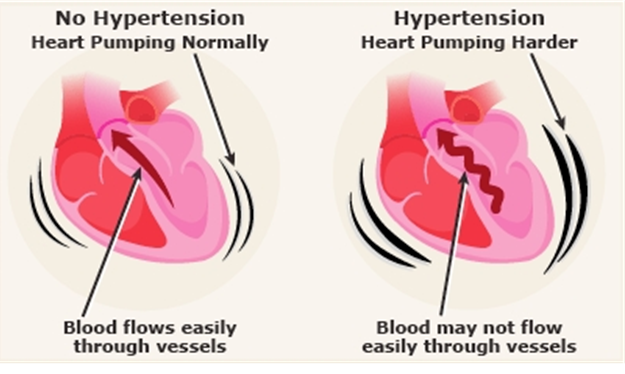Administer a scheduled dose of labetalol PO to a client with hypertension. The client’s temperature is 99°F (37.2°C), a heart rate of 48 beats per minute, respirations of 16 breaths per minute, and a blood pressure of 150/90 mm Hg. Which action should the nurse take?
Withhold the scheduled dose and notify the healthcare provider.
Administer the dose and monitor the client’s blood pressure regularly.
Assess for orthostatic hypotension before administering the dose.
Apply a telemetry monitor before administering the dose.
The Correct Answer is A
Choice A reason: Withholding the scheduled dose and notifying the healthcare provider is the correct action because the client’s heart rate is significantly low at 48 beats per minute. Labetalol, a beta-blocker, can further reduce the heart rate, potentially leading to bradycardia or other cardiac complications. It is crucial to inform the healthcare provider to reassess the medication regimen and ensure the client’s safety.
Choice B reason: Administering the dose and monitoring the client’s blood pressure regularly is not advisable in this scenario. Although monitoring blood pressure is important, the primary concern here is the client’s low heart rate. Administering labetalol could exacerbate bradycardia, leading to severe complications.
Choice C reason: Assessing for orthostatic hypotension before administering the dose is a good practice but not the most critical action in this situation. The client’s low heart rate poses a more immediate risk than orthostatic hypotension. Therefore, withholding the medication and notifying the healthcare provider is a higher priority.
Choice D reason: Applying a telemetry monitor before administering the dose is useful for continuous cardiac monitoring, but it does not address the immediate concern of the client’s low heart rate. The priority should be to withhold the medication and consult the healthcare provider to prevent potential bradycardia.
Nursing Test Bank
Naxlex Comprehensive Predictor Exams
Related Questions
Correct Answer is C
Explanation
Choice A Reason:
I should take this medication only when I am having an asthma attack: This statement is incorrect because montelukast is not a rescue medication. It is a maintenance medication designed to be taken regularly to prevent asthma symptoms and attacks. Using it only during an asthma attack would not provide the intended preventive benefits.
Choice B Reason:
I will not need to use my inhalers twice a day when I start this medicine: This statement is also incorrect. Montelukast is often used as an adjunct therapy and does not replace the need for inhalers, especially for those with moderate to severe asthma. Inhalers, particularly corticosteroids, remain a critical part of asthma management.
Choice C Reason:
I will take the tablet every evening to control my asthma: This statement is correct. Montelukast is typically prescribed to be taken once daily in the evening. This helps to control asthma symptoms and prevent attacks by reducing inflammation and constriction in the airways.
Choice D Reason:
This medication will stop an asthma attack immediately: This statement is incorrect. Montelukast is not a fast-acting medication and will not provide immediate relief during an asthma attack. Fast-acting bronchodilators, such as albuterol, are used for immediate relief.
Correct Answer is B
Explanation
Choice A reason: Hypercholesterolemia, or high cholesterol, is not a primary concern when prescribing methylphenidate. While managing cholesterol levels is important for overall cardiovascular health, it does not directly interact with the administration of methylphenidate.
Choice B reason: Hypertension, or high blood pressure, is a critical condition to review before administering methylphenidate. Methylphenidate can increase blood pressure and heart rate, potentially exacerbating pre-existing hypertension. Monitoring and managing blood pressure is essential to prevent complications such as stroke or heart attack.

Choice C reason: Diabetes mellitus is important to manage, but it is not directly affected by methylphenidate. While some medications can influence blood sugar levels, methylphenidate primarily affects the central nervous system and cardiovascular system.
Choice D reason: Bronchitis, an inflammation of the bronchial tubes, is not a primary concern with methylphenidate use. Although respiratory conditions should be managed appropriately, they do not typically interact with the effects of methylphenidate.
Whether you are a student looking to ace your exams or a practicing nurse seeking to enhance your expertise , our nursing education contents will empower you with the confidence and competence to make a difference in the lives of patients and become a respected leader in the healthcare field.
Visit Naxlex, invest in your future and unlock endless possibilities with our unparalleled nursing education contents today
Report Wrong Answer on the Current Question
Do you disagree with the answer? If yes, what is your expected answer? Explain.
Kindly be descriptive with the issue you are facing.
